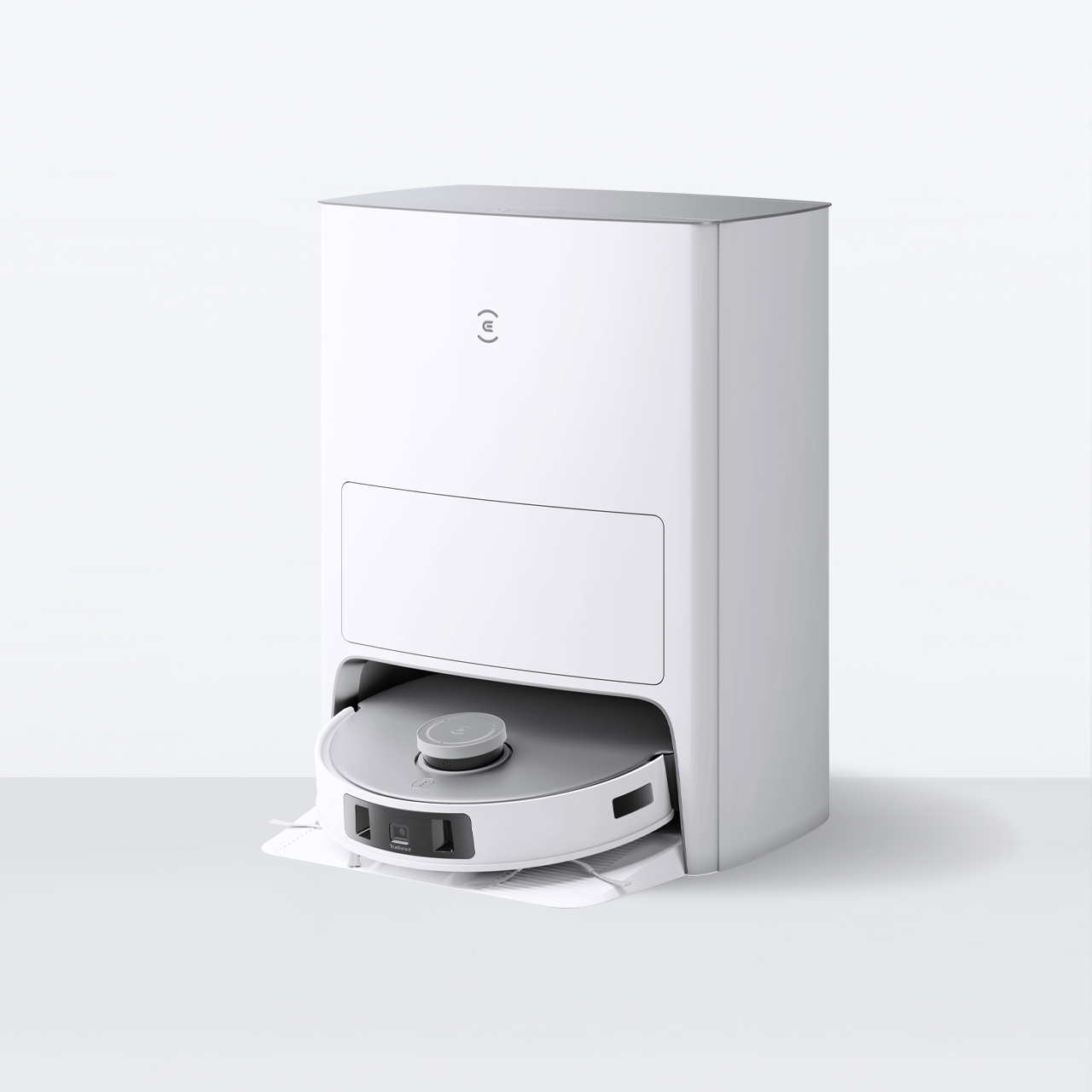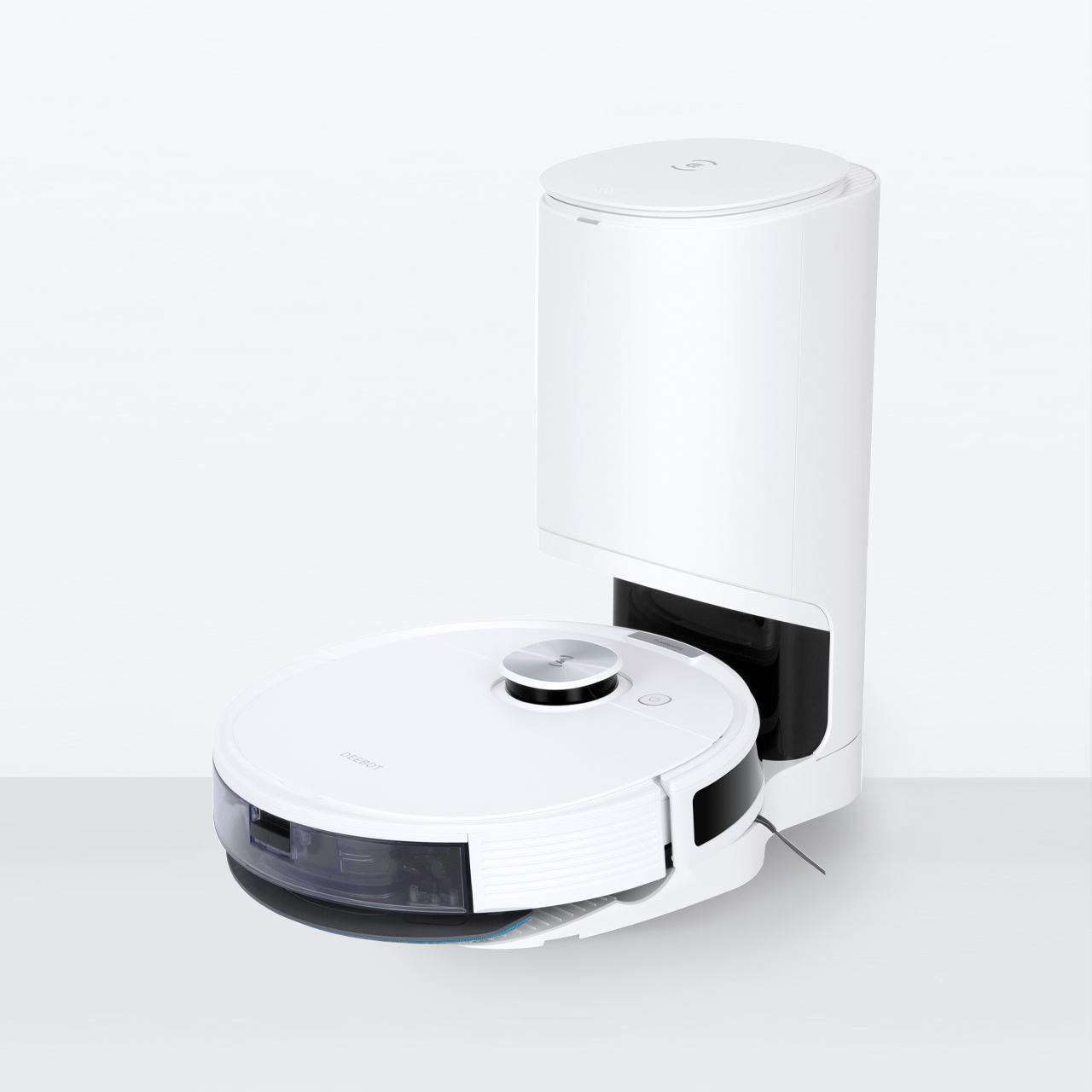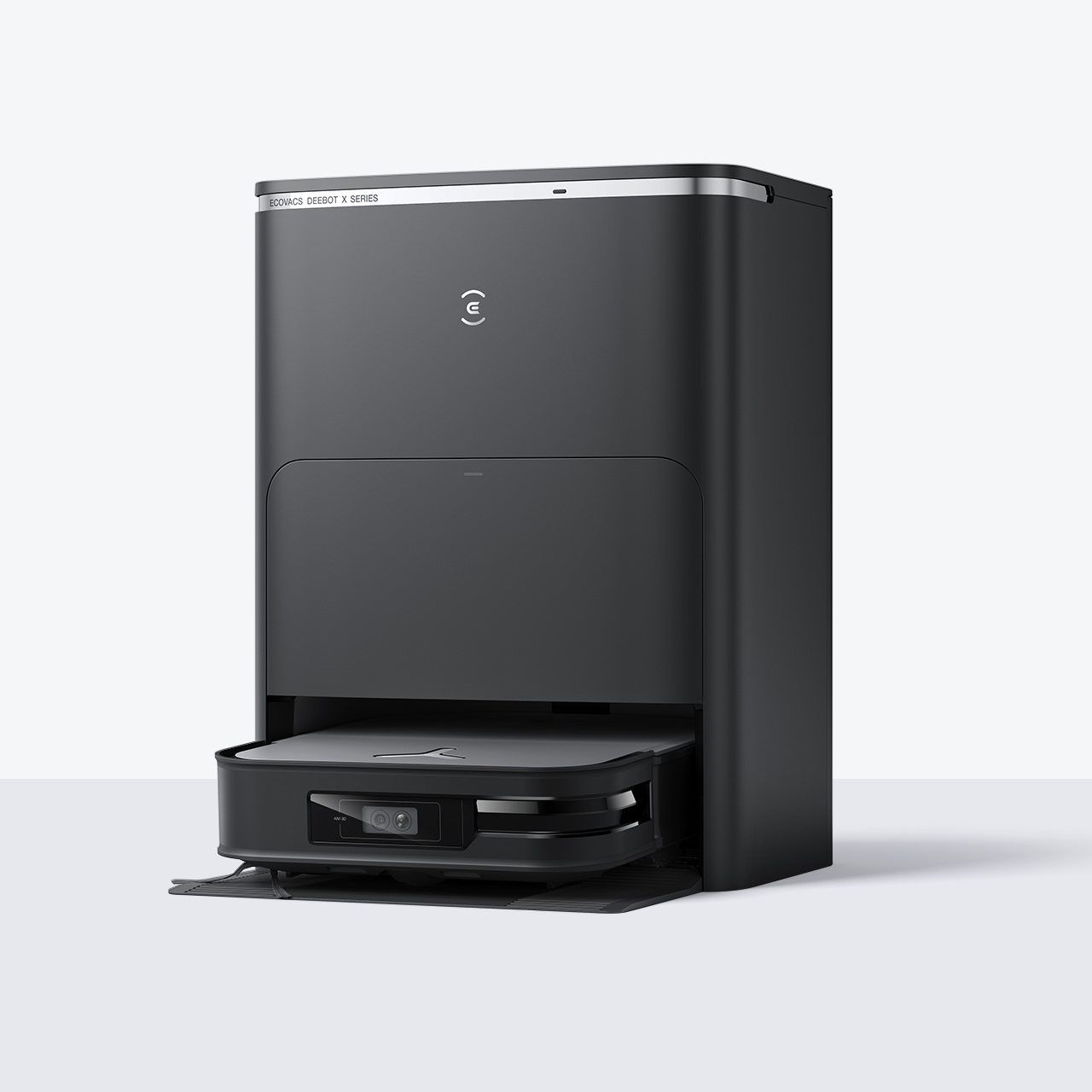How Often Should I Empty My Robot Vacuum Cleaner?
2024-04-29

Housework is a time-consuming activity as it involves cleaning the home, doing the laundry, and cooking on a regular basis. In fact, the American Time Use Survey states that women in the country spend an average of 2.7 hours per day on household activities, with men spending 2.2 hours a day on the same tasks.
If you want to reduce the amount of time you spend on housework, one way is to get a robot vacuum cleaner. These devices allow you to take a hands-free approach to cleaning your home as they automatically vacuum specified areas of your living space, which gives you more time to focus on other activities and tasks that need your attention.
While you may not have to spend time manually cleaning your home, you do have to empty the bin or bag in which your automatic vacuum collects dust and debris, usually every 2–3 days. However, newer models of these smart vacuums come with auto-empty features that allow them to dump their contents directly into their docking station. This means you don’t have to empty the device’s bin after every cleaning session. You just have to clear out the bin in the docking station and, since this bin is typically larger than the one in the robotic vacuum, it needs to be emptied less frequently.
However, it’s important to empty your device’s dustbin on time. If you delay clearing out the bin, it could negatively impact your appliance’s cleaning effectiveness, cause potential damage to its motor, or even contribute to the spread of bacteria and odors in your home.
Why You Should Empty Your Robot Vacuum Cleaner?
Emptying your robot vacuum cleaner’s dustbin is useful because it maximizes cleaning sessions and will help extend the lifespan of the device. If you clear out the bin of the appliance or its docking station regularly, you’ll spend less time repairing or extensively cleaning it.
However, failure to empty your self-cleaning vacuum’s dustbin may impede the device’s suction power, which will result in less efficient cleaning sessions. The suction airway may even get clogged, which could put strain on the motor and other components. In addition, mold and bacteria could develop in the bin if debris collects in it, resulting in foul smells emitting from the device or its station.
How Often Should I Empty My Robot Vacuum Cleaner?
Robot vacuum cleaners that don’t come with an auto-empty feature need to be cleared out quite frequently, typically every 2–3 days. However, more advanced versions that automatically dump debris and dust into their base stations need to be cleared out every 45–60 days, making them more convenient to use if you want to clean your home with minimal manual intervention.

Smart vacuum cleaners with self-emptying capabilities automatically return to their docking stations when their bins are full and connect to a series of vacuums that remove dirt and debris from the dustbin and place it in a much larger storage bin. However, ECOVACS’s newest model, the DEEBOT X2 OMNI, has two modes. The first is the Auto-Empty mode, by which the device returns to its station to have its dustbin automatically cleared, and is suitable for relatively clean environments. The second is the Smart Emptying mode in which the cleaner returns to the station and empties itself simultaneously based on the time of the mop-cleaning process — a feature that works best in a mostly carpeted home or one with pets. The bin in the base station needs to be emptied every 30–60 days1.
How often you need to empty the device’s internal bin or the larger one in the station depends on a variety of factors. You may need to do it more often if you use the appliance several times a week, clean certain parts of the house more often than others, or have a large home. If you’re a pet parent, there are chances that your robotic vacuum will clean up poop, and you’ll need to clear out the storage bag or bin frequently to prevent bacteria from forming or pet waste from blocking the suction mechanism.
How to Empty A Robot Vacuum?
Emptying a robot vacuum cleaner is a straightforward process. Here’s a guide on how to do it, which will apply to most models and manufacturers:
● Turn off the vacuum: Switch off the device by pressing the power button on the top of the appliance or putting the switch on the underside in the ‘I’ position. Unplug the auto-empty station if your appliance comes with one.
● Remove the dustbin: Locate the dustbin, which will be on the side or rear of the device. Press the release button or unlock the latch to remove the bin. Pull it out carefully to avoid spilling debris.
● Open the dustbin: Look for any latches or buttons that hold the lid in place and open it accordingly to access the contents.
● Empty the contents: Hold the dustbin over a trash bin or garbage bag and carefully empty the contents into it. If needed, shake the bin gently to dislodge stubborn debris.
● Clean the filter (if applicable): Some robot vacuums have filters that need regular cleaning. If you need to wash it, reinstall it only after it dries completely.
● Check and clean sensors and brushes (if applicable): Inspect the sensors and brushes to see if they require cleaning. Wipe away dust and debris from the sensors with a cloth, and remove hair or pet waste stuck in the brushes using a special tool, if necessary.
● Replace the dustbin: Close the lid of the dustbin and reinsert it into the vacuum or docking station until it clicks or locks into place. Make sure it is securely placed to prevent any suction leaks during operation.
● Power on the vacuum: You can now start using your robot vacuum cleaner by turning it on and reconnecting the docking station to a power outlet.

FAQ
Do all robot vacuums have a ‘full bin’ indicator?
No, not all robot vacuums have a ‘full bin’ indicator. Older models may require users to manually check how full the bin is or will continue cleaning until its suction noticeably decreases, indicating that the bin needs to be emptied. Newer versions models may use features like LED lights, audible alerts, or in the case of ECOVACS DEEBOTS, notifications on a companion app to signal when the bin is full.
Can I wash my robot vacuum’s dustbin?
First, check the user manual to determine whether the bin is washable. If you can wash the bin, use a water and a mild detergent to do so. Remove and clean filters separately if needed. Replace the dustbin in the device or the docking station only after it is completely dry.
What are the signs my robot vacuum needs more frequent emptying?
There are several ways you can tell if your robot vacuum cleaner needs to be emptied more often. You may see debris overflowing from the bin or inside the device itself, notice reduced suction power, or observe shortened cleaning cycles. If you notice persistent odors despite regular cleaning, it’s a sign that the bin may need to be emptied more frequently.
Disclaimer(s):
- 30 to 60 days: This data comes from ECOVACS laboratory, which is based on the statistics of the number of times users disposed of traditional dustbins. The actual performance is subject to change due to frequency and cleaning area.
Related Products








